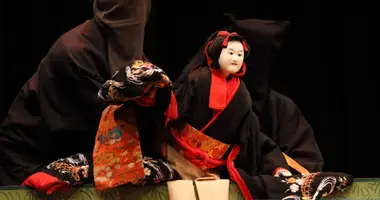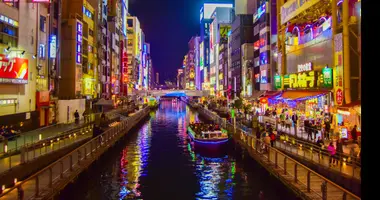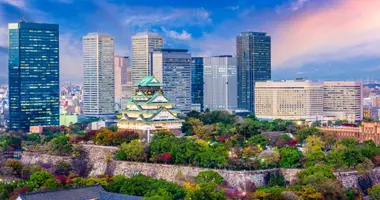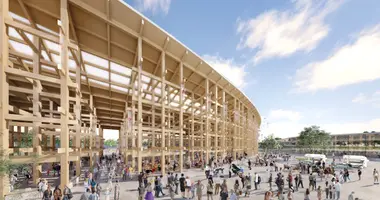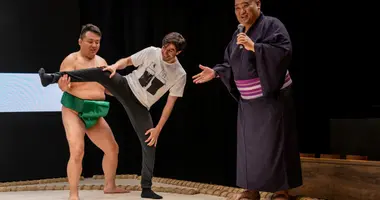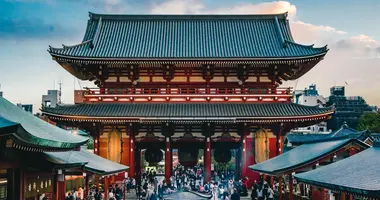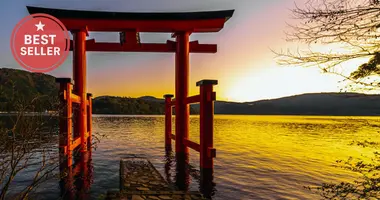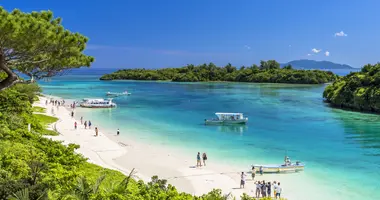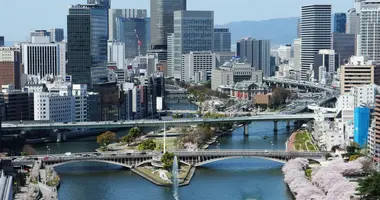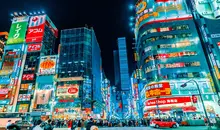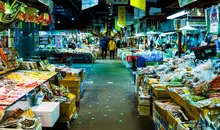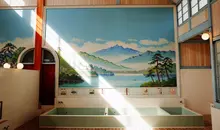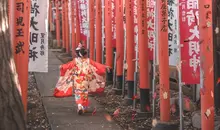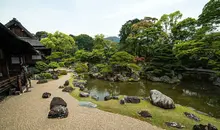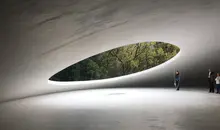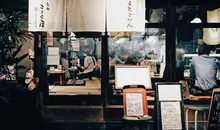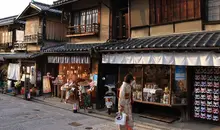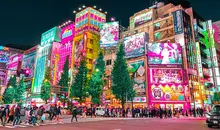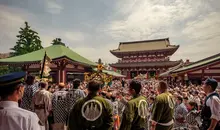Tondabayashi Guide: Exploring the Historic Jinaimachi District
- Published on : 09/06/2024
- by : Japan Experience
- Youtube
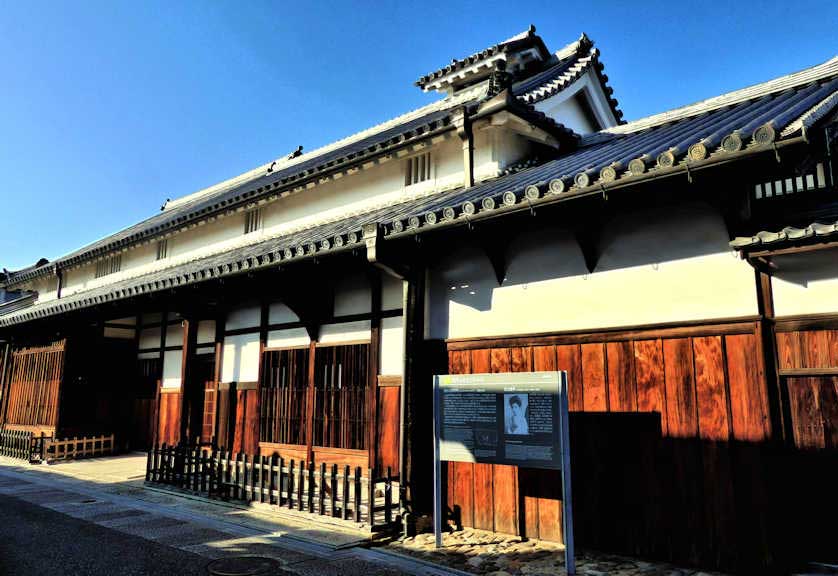
Entrance to the Sugiyama Mansion in Jinaimachi
Nestled in southern Osaka, Tondabayashi is a hidden gem in the Kansai region that offers visitors a unique glimpse into Japan's rich history. At the heart of this city lies Jinaimachi, a well-preserved 16th-century merchant town that transports you back to the era of samurai and traditional Japanese architecture. This guide will take you through the fascinating history, notable attractions, and practical information you need to explore this remarkable historic district.
Introduction to Tondabayashi and Jinaimachi
Tondabayashi, located in Osaka Prefecture, is home to the Jinaimachi district, a living museum of Japanese history. This well-preserved village, dating back to the 16th century, is now surrounded by modern urban development but continues to offer a slice of Japan's past. The area's significance extends beyond its boundaries, as it's situated near other historically important locations such as Sakai, once Japan's most important port, and the Kashihara and Asuka areas, considered the birthplace of Japanese civilization.
Jinaimachi boasts approximately 150 buildings from the Edo, Meiji, and Taisho periods, offering visitors an unparalleled opportunity to wander streets that have remained largely unchanged since the time of the samurai. This remarkable preservation has earned Jinaimachi recognition as an Historic Preservation Area for Groups of Traditional Buildings.
Historical significance and architecture of Jinaimachi
Jinaimachi's history is deeply rooted in Japan's tumultuous past. Established during the waning years of the Sengoku Period (Warring States Period), the town was built in collaboration with Koshoji Temple in Kyoto. A group of village headmen established a branch temple, Koshoji Betsuin, which still stands at the heart of the town today.
During the Edo Period, Jinaimachi was classified as a Zaigomachi, or a merchant town in the countryside. Its wealth was built on trade in lumber, cotton, oil, and sake. The town's layout, a grid plan with 6 north-south streets and 7 east-west streets, remains intact, contributing to its designation as a preservation district.
The architecture of Jinaimachi is a testament to traditional Japanese building techniques. Visitors can admire the tile roofs, white-plaster walls, and dark wood that characterize the townscape. While many historical residences are still inhabited and closed to the public, their external features offer a wealth of architectural interest.
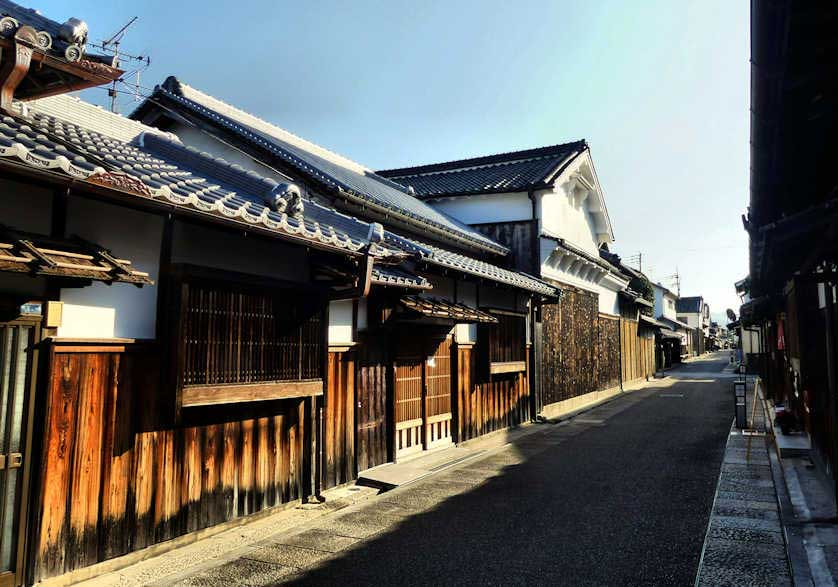
Jinaimachi is a 16th century merchant town that still retains much of the architecture from earlier times
Top attractions and landmarks in Tondabayashi
1. Former Tanaka Family Residence: Built in 1875, this unique property showcases the style of a wealthy farmer's residence rather than a typical townhouse. It's free to enter and offers insights into traditional Japanese home design.
2. Jinaicho Center: This information center provides displays on the town's history and serves as a community gathering place. It's an excellent starting point for your exploration.
3. Sugiyama Residence: The most impressive property in Jinaimachi, this former home of one of the town's founding families showcases painted screens, doors, and beautiful gardens.
4. Great Peace Tower: While not part of the historic district, this 180-meter tall tower is a striking modern landmark dedicated to victims of war.
5. Koshoji Betsuin Temple: This branch temple, around which the town was built, is a central piece of Jinaimachi's history and architecture.
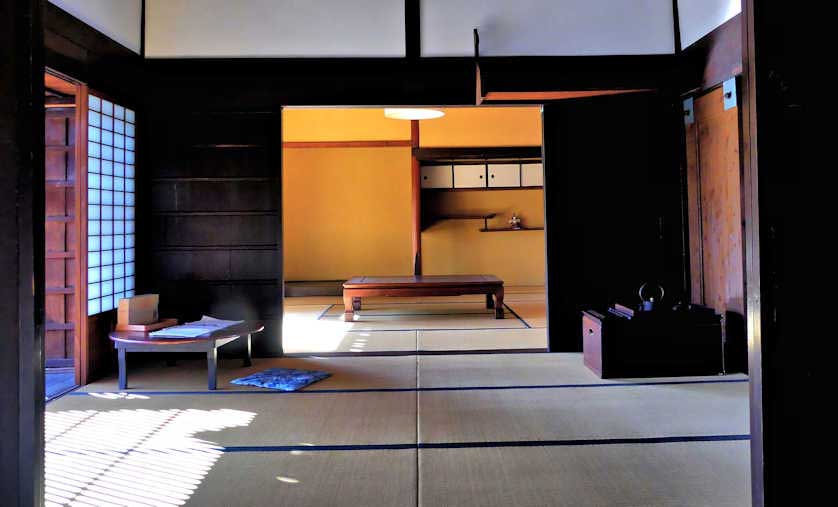
Interior of the Former Tanaka Family Residence in the Historical Preservation District of Jinaimachi in Tondabayashi
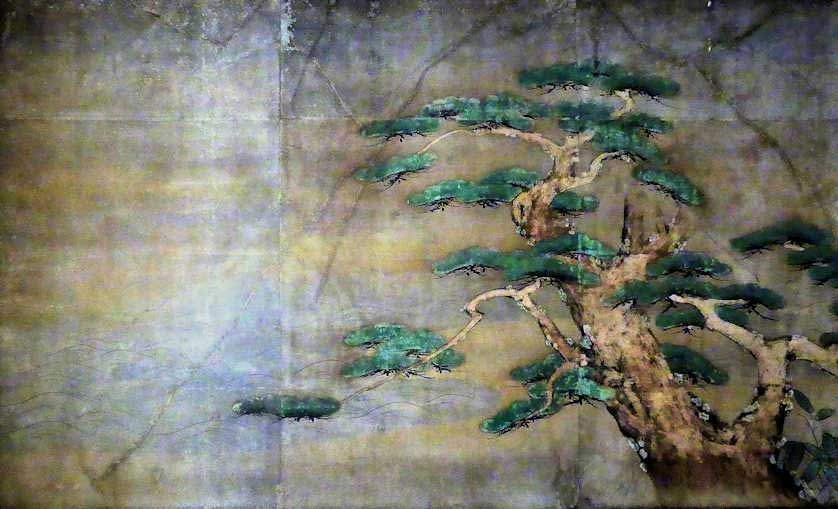
One of the many paintings on display in the Sugiyama Residence in Jinaimachi
Guided tour of Jinaimachi's traditional streets and buildings
To fully appreciate Jinaimachi's rich history and architecture, consider taking a guided tour. Start at the Tourist Information Office near Tondabayashi Station, where you can pick up English-language pamphlets and a walking map of the town. This map outlines an optimal route through Jinaimachi, ensuring you don't miss any important sites or landmarks.
As you stroll along the atmospheric streets, pay attention to the various architectural features that make Jinaimachi unique. Notice the grid layout of the town, a remnant of its original design for defense. Observe the earthworks along the riverbank and the groves of bamboo that once served as natural fortifications.
Don't miss Jounomon-suji, the main street of Jinaimachi, which is considered one of the 100 best streets in Japan. With no telephone poles or power lines, it offers an immersive experience of Japanese history.
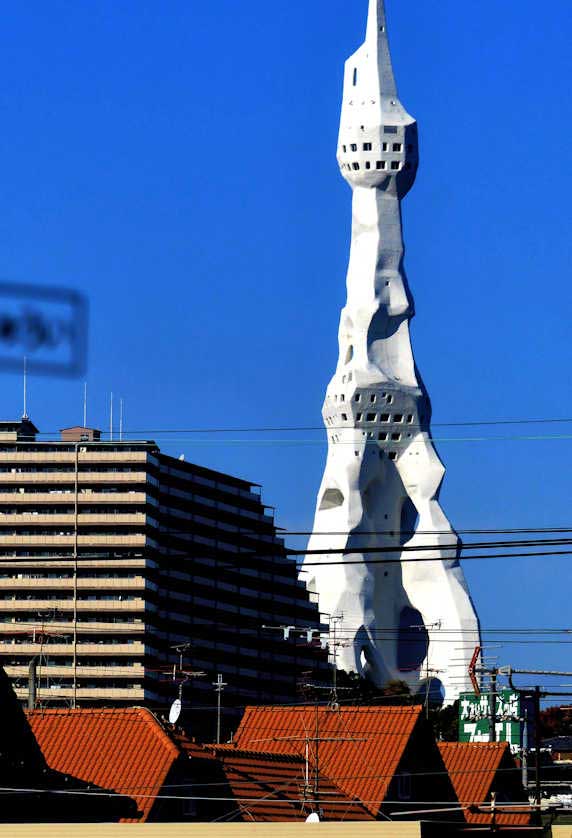
Dai Heiwa Kinen To, an unusual 180 meter high white tower in Tondabayashi
Local cuisine and dining experiences in Tondabayashi
While exploring Jinaimachi, take time to savor local culinary offerings. The area is known for its traditional foods and craft beverages. Here are some recommendations:
- Visit Sakura Shokudo, a renovated kimono shop turned restaurant, for a relaxing lunch featuring dishes made with high-quality Saga beef.
- End your day at Banri no Haru Beer Hall, housed in a former sake brewery. Here, you can sample up to 10 varieties of Tondabayashi craft beer and enjoy dishes made with local ingredients.
- For coffee enthusiasts, stop by Heizo, a local roaster offering a selection of beans from around the world, freshly roasted to order.
Accommodation options and overnight stays in Jinaimachi
To fully immerse yourself in the historic atmosphere of Jinaimachi, consider staying overnight. The area offers unique accommodation options that allow you to experience traditional Japanese hospitality:
- Gofujin no Yado Tomari-ya: This women-only guesthouse is housed in a carefully maintained 100-year-old Japanese house. It offers a tranquil space for up to 5 guests per day and provides an authentic experience of staying in a traditional home.
- While accommodation options within Jinaimachi itself are limited, nearby Tondabayashi offers additional hotels and guesthouses to suit various preferences and budgets.
Practical information for visiting Tondabayashi and Jinaimachi
Access: Jinaimachi is easily accessible from major cities in the Kansai region. It's located just 200 meters south of Kintetsu Railways Tondabayashi Station. The journey takes about 30 minutes from Tennoji, or 50 minutes from Osaka Station.
Best time to visit: Jinaimachi is beautiful year-round, but consider visiting during one of the town's festivals for a more vibrant experience. Tondabayashi hosts one of the world's largest fireworks festivals in August.
Tourist Information Office: Located near Tondabayashi Station, this should be your first stop. Here you can get maps, pamphlets, and information about local events and festivals.
Opening hours: Most attractions in Jinaimachi, including the Former Tanaka Family Residence and Sugiyama Residence, are open from 10 am to 5 pm and closed on Mondays.
Souvenirs: Look for local crafts and traditional items at shops throughout Jinaimachi. The Tourist Information Office also offers a selection of local souvenirs.
A visit to Tondabayashi's Jinaimachi district offers a unique opportunity to step back in time and experience the charm of traditional Japan. From its well-preserved machiya to its rich history and local crafts, Jinaimachi provides an authentic glimpse into Japan's past that's sure to leave a lasting impression on any visitor.
